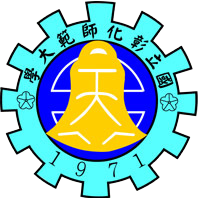SDG13.3.4 Inform and support government
1. In 2021, our faculty members implemented Ministry of Science and Technology projects to provide advice and assistance to local and regional governments on the future planning of agricultural production systems, disaster prevention, and water resource allocation.
|
No. |
Project leader |
Project name |
|
1 |
Professor Lin Chung-Chi |
Impacts of Climate Change on Lowland Ecology and Lowland Ant Problems Due to Community Changes: Discussion and Solutions (Annex 13.3.4A-Report of Outcomes) |
|
2 |
Professor Tu Jien-Yi |
Interannual to Interdecadal Changes in Typhoon Frequency in the Northwest Pacific Ocean (Appendix 13.3.4B-Report of Outcomes) |
Details of the project are provided below:
1.1. The Ministry of Science and Technology’s project was led by NCUE Professor Lin Chung-Chi. The project title is: ‘Impacts of Climate Change on Lowland Ecology and Lowland Ant Problems Due to Community Changes: Discussion and Solutions’. Issues targeted by the project: given natural disasters due to climate change and development stress, lowland areas in Taiwan are ecologically fragile, with issues of landscape fragmentation, ecological barriers, and habitat loss. In recent years, the emerging problem of ant infestation has appeared in the lowland towns of central and southern Taiwan. Ants flood into houses like streams and flying ants invade houses like black fog. Such abnormal ecological phenomena are a warning of the gradual loss of health of Taiwan’s ecological system. The project covered multiple areas, delving into the causes behind the ant infestation affecting lowland resi-dents and identifying the issues of landscape fragmentation, ecological loss, and development stress. Within the framework of slope ecosystem services, the research team investigat-ed key biologic facies in the habitats, analysed landscape changes, established relevant indicators, and analysed environmental vulnerability and ecological potential. Given the mechanism of the impact of ant problems on village industries and tourism, a lowland agricultural production system with ecosystem service potential and human welfare benefits was proposed under the context of climate change.
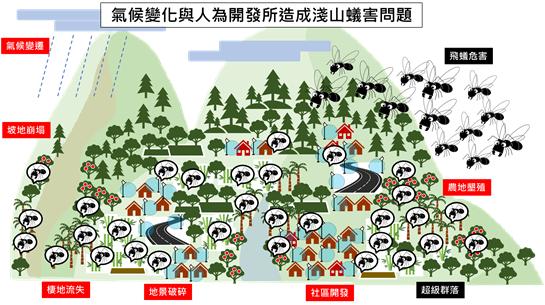
1.2. The Ministry of Science and Technology’s project was led by NCUE Professor Tu Jien-Yi. The project title is: ‘Interannual to Interdecadal Changes in Typhoon Frequency in the Northwest Pacific Ocean’. Issues addressed by the project: typhoons are the most severe weather phenomenon in tropical waters, and the typhoon climate is one of the most inten-sively studied subjects in the world. Because Taiwan is located in the northwestern Pacific and the South China Sea, a water area with the most frequent typhoon passage, 3–5 ty-phoons per year on average impact Taiwan, directly or indirectly. They constitute a major rainfall source for Taiwan; however, strong wind and heavy rain associated with typhoons could also cause life, property, and economic losses. The purpose of the project is to understand the characteristics of typhoons in the water area (including location of typhoon gene-sis and motion path), the characteristics of long-term changes over the past 50 years, and the impact of the changes on rainfall and water resources in Taiwan. Our results show that the frequency of typhoon passage over the waters near Taiwan (120–130 °E and up to 20 °N) in the early autumn months of September and October has increased since 1998. This re-sult also coincides with the increase of rainfall in Taiwan in September and October. In summary, the research results not only enhance our understanding of the trend of long-term changes in typhoons but are also useful in evaluating the long-term impact of typhoons on regional rainfall. They could also inform the government’s future disaster prevention planning and water resource allocation.
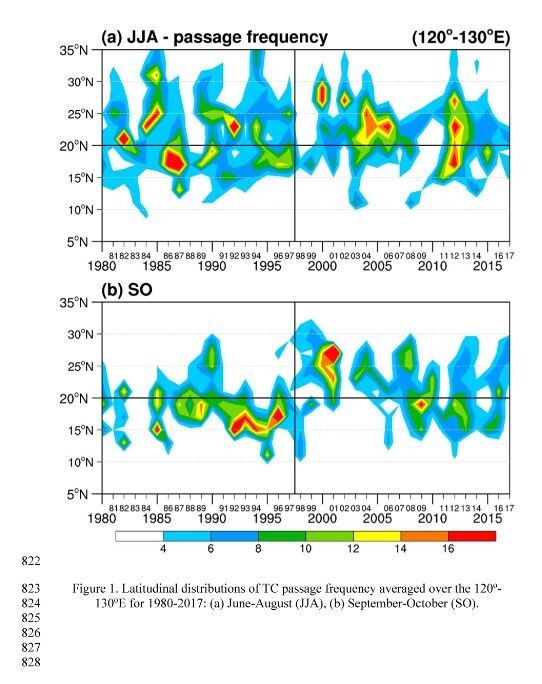
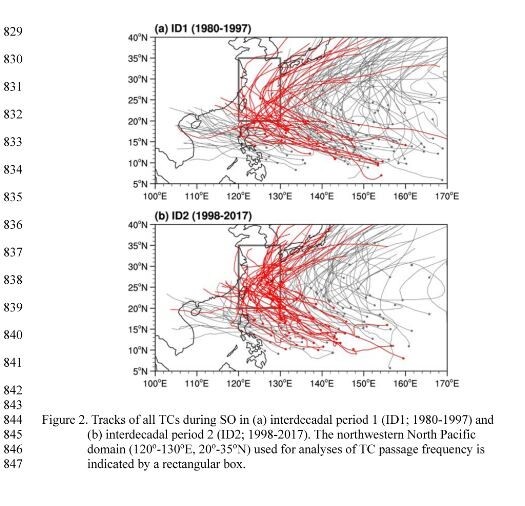
2. Taiwan is located at the boundary of the ‘Eurasian Plate’ and the ‘Philippine Sea Plate’, so earthquakes are very frequent. According to the seismic data of the Seismic Information Centre, Central Weather Bureau, from 1991 to 2015, about 3,000 earthquakes occurred in Taiwan every month on average, and 102 major earthquake disasters occurred from 1901 to 2016. Although an accurate earthquake prediction technology is not available yet, increasing seismic observation data are rather helpful in improving the efficiency of disaster relief and reduc-ing the loss of life and property during earthquakes. In cooperation with the Central Weather Bureau, NCUE has installed strong motion observation apparatuses in the two campuses and in family quarters as well as the Bai Sha Weather station.
2.1 Below are some more details about the seismic observation apparatuses.
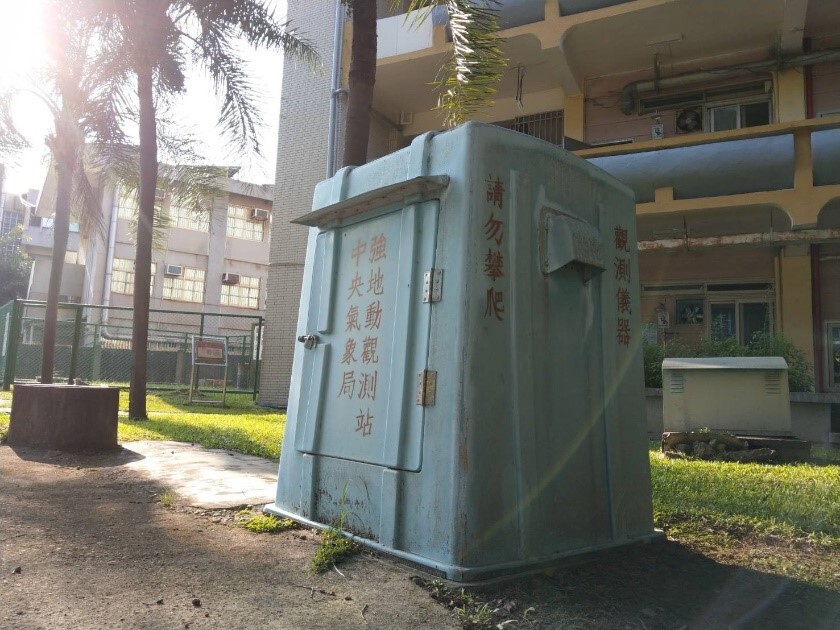
Strong motion observation station in Jin-De Campus The observation station houses the strong motion observation apparatus. The time, location, and size of an earthquake can be calculated when many stations are con-nected to form a seismograph network.
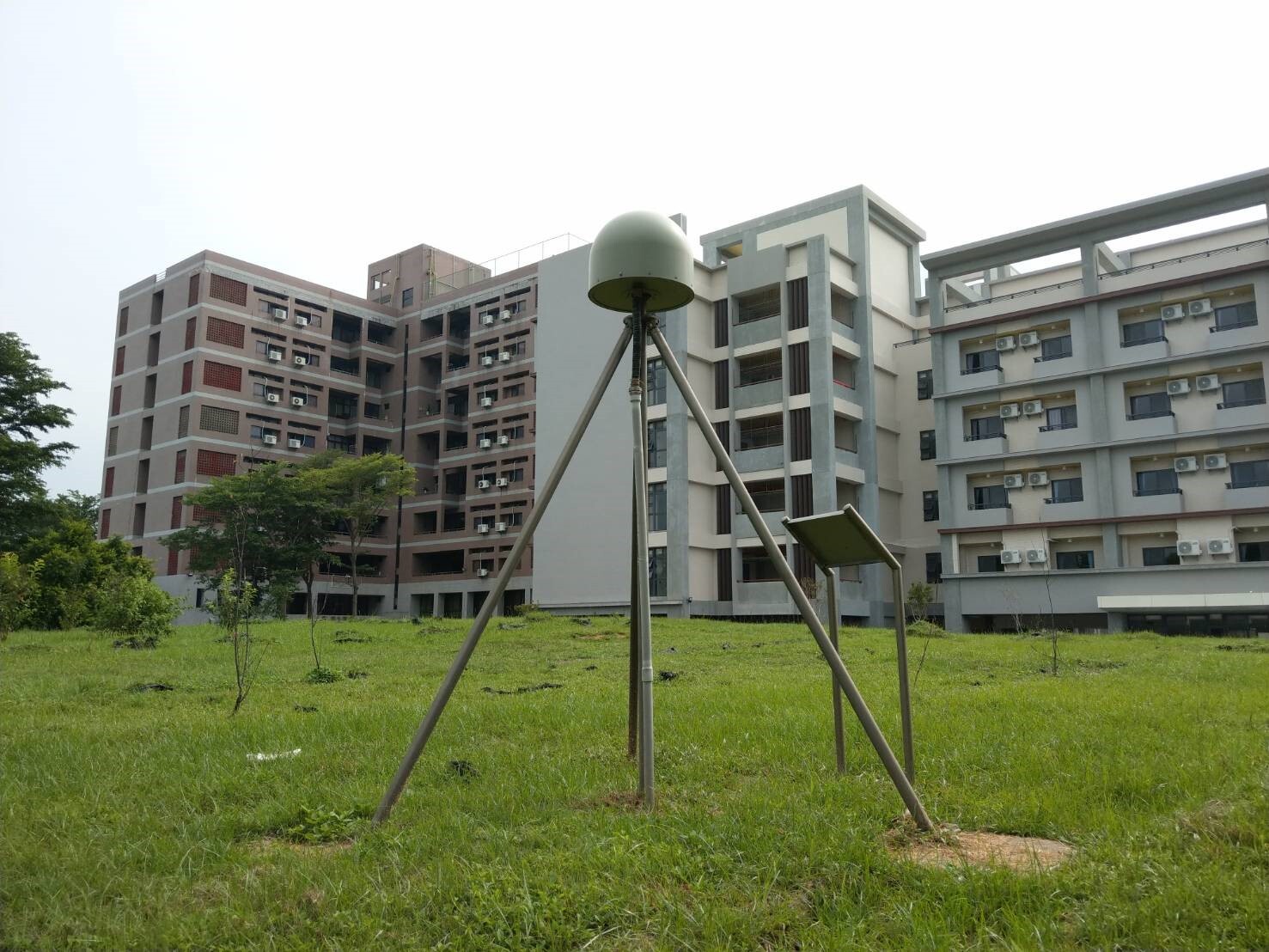
Crustal deformation observation station in Bao-Shan Campus The station continuously receives signals emitted from global satellite positioning system, and with the received signals at the same time by other stations, it can accurately calculate the station’s loca-tion relative to other stations. Long-term ob-servation data could reflect significant sur-face displacement due to major earthquakes. Also, the data on small crustal deformation occurs during earthquake are very helpful in understanding crustal movement and earth-quake potential.
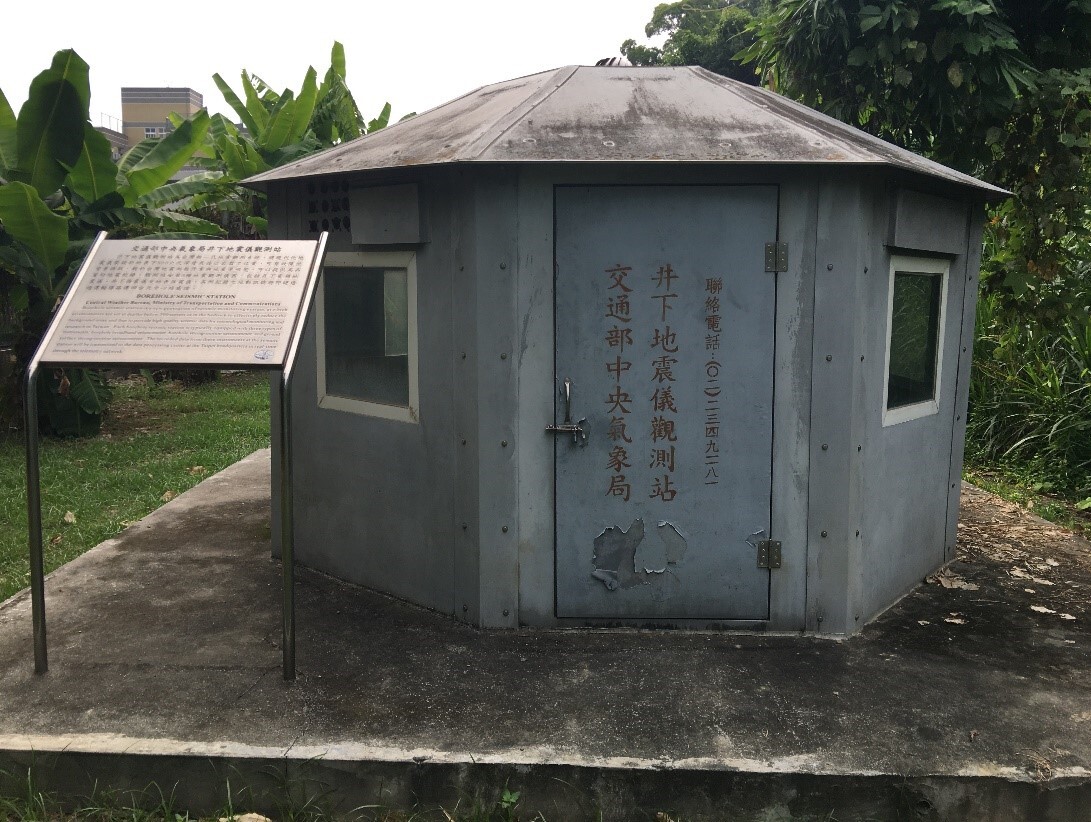
Underground seismograph observation station in family quarters. The seismograph installed at a depth of 300 meters in the well can significantly reduce the interference from surface noise and obtain high quality ground motion signals, improving the accu-racy of seismic locating and the ability to monitor regional small-scale earthquakes.
2.2 The Central Weather Bureau works with academic institutions in Taiwan by installing weather facilities for teaching purposes. They can be used as practicing areas by students. The au-tomatic meteorological observation station run by NCUE’s Department of Geography is one of such facilities. It is also the only one stations in central Taiwan under the partnership. The automatic meteorological station was built on the attic of the Geography Department Building. It was commissioned in November 1997 and has run for 24 years by 2021. The me-teorological instruments and peripheral devices are used for real-time observation, and meteorological data are synchronised with the South District Weather Centre of the Central Weather Bureau. The real-time data are useful for disaster prevention units. The features of the observation station are shown in the photo below. In addition, sufficiently long obser-vation time also means that the station could help people better understand the regional climate characteristics and changes and researchers conduct relevant studies.

NCUE’s Bai Sha Weather Station
